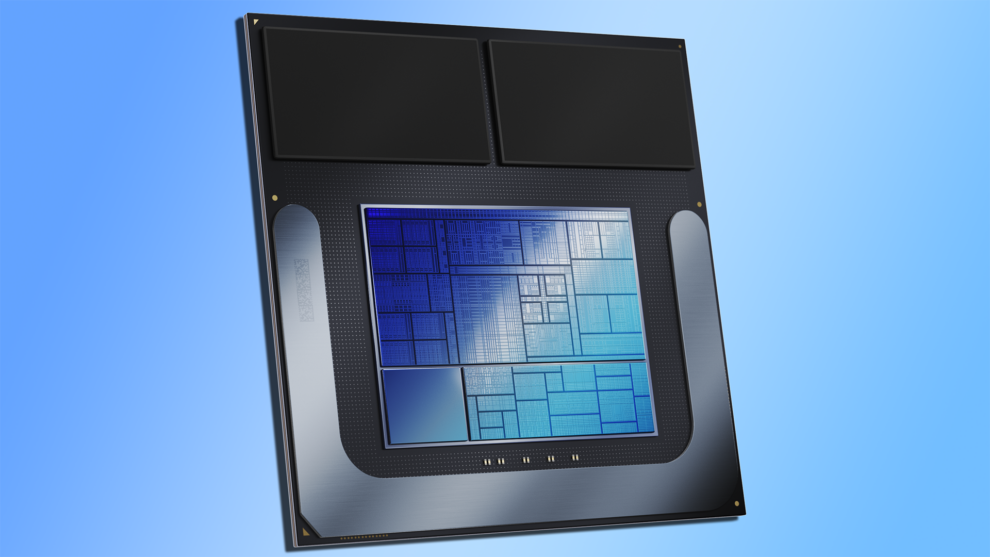One Hackaday writer has shattered the mold by simulating the creation of a fully functional CPU in a mere six hours. This remarkable feat, dubbed the “Stovepipe” project, has left the tech community in awe, pushing the boundaries of what’s possible in the realm of rapid hardware development.
The concept of speedrunning, typically associated with video games, has now found its way into the realm of CPU building. Julian Scheffers, the mastermind behind this endeavor, has managed to accomplish what many would consider an impossible task – designing, building, and programming a working processor from scratch in a single sitting.
Scheffers’ creation, the Stovepipe CPU, is a testament to the power of minimalism and efficiency. By stripping away unnecessary features and focusing on the core functionality, he has managed to craft a processor that boasts an instruction set architecture (ISA) with just eight major opcodes represented over a mere 512 bits – a fraction of the 8,192 bits utilized in his previous project, the GR8CPU.
Described as ‘an exercise in minimalism’, the end result features a mere 256 bytes of RAM, zero I/O ports, and an accumulator functioning as the only user-accessible register,” the article states. “Instructions are described as taking one cycle to fetch and between one and three cycles to run.”
While the Stovepipe CPU may not be the fastest or most feature-rich processor on the market, its creation in a mere six hours is a remarkable achievement. Scheffers’ previous CPU design, the Boa³², took an estimated two months to complete, showcasing the remarkable efficiency and problem-solving skills exhibited in the Stovepipe project.

“Compared to Boa³², Scheffers most recent previous build, the pared-down chip is significantly slower thanks to that chip’s 32 registers. However, it did outperform GR8CPU by virtue of the fact that it only needs one cycle to load an instruction compared to GR8CPU’s three,” the article explains.
The driving force behind this speedrun-inspired CPU building endeavor is not merely a quest for speed, but rather a deeper exploration of the fundamental principles of processor design. By stripping away the complexities and focusing on the core elements, Scheffers has demonstrated the remarkable potential of minimalist approaches in computer engineering.
While it’s not quite a record holder (to its creator’s knowledge) in terms of performance in relation to size, it’s still a massively impressive achievement—particularly to someone like me who’s eyes begin to cross simply explaining the build, rather than making one for myself,” the author of the article marvels.
As the tech industry continues to push the boundaries of innovation, the Stovepipe project serves as a shining example of what can be achieved when creativity, ingenuity, and a relentless pursuit of efficiency converge. This speedrun-inspired approach to CPU building may pave the way for new and innovative ways of designing and prototyping hardware, revolutionizing the way we think about the creation of the very components that power our digital world.
















Add Comment